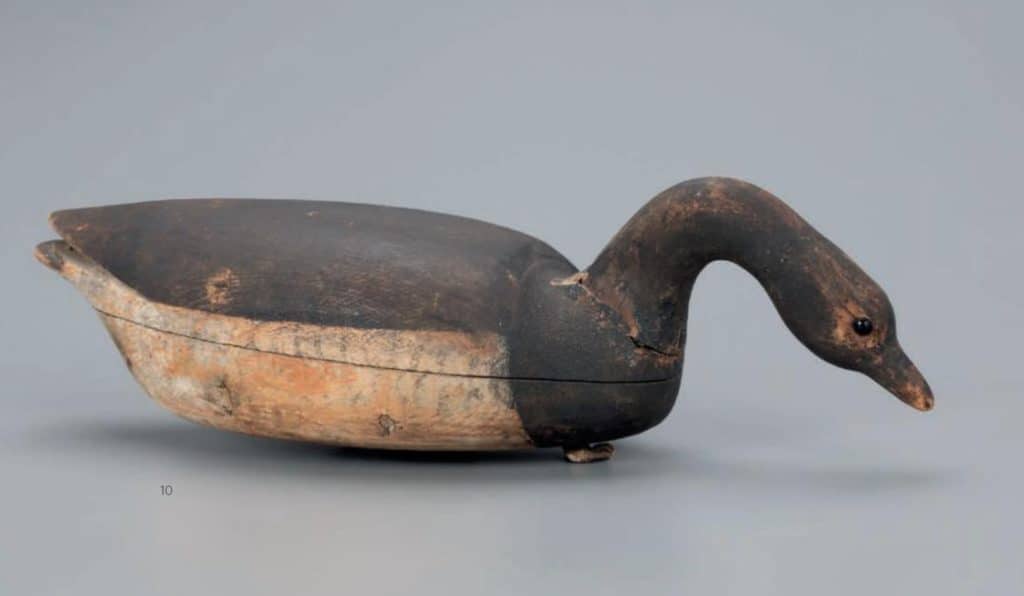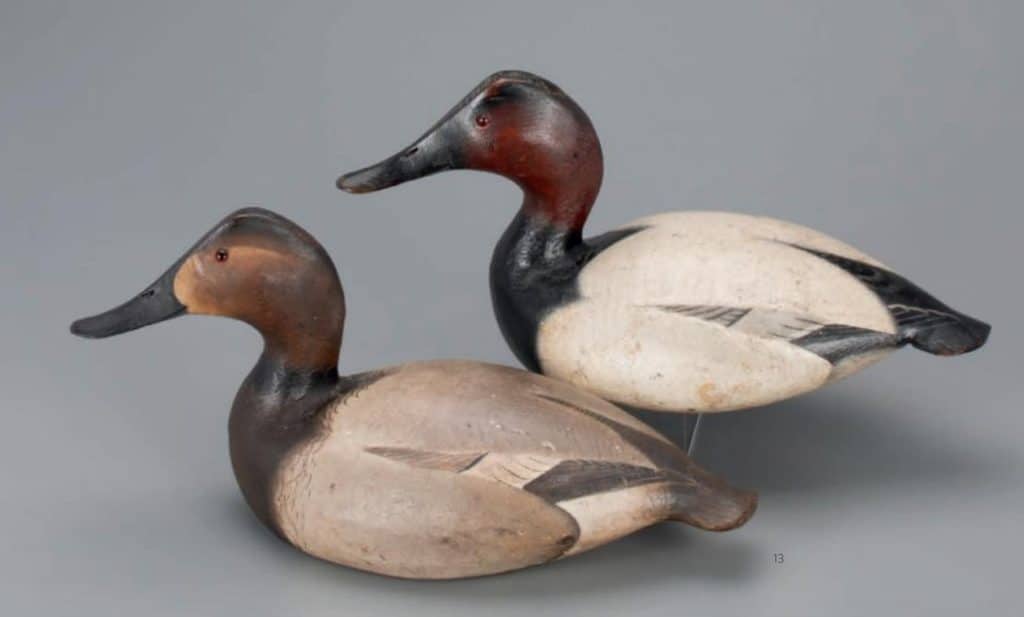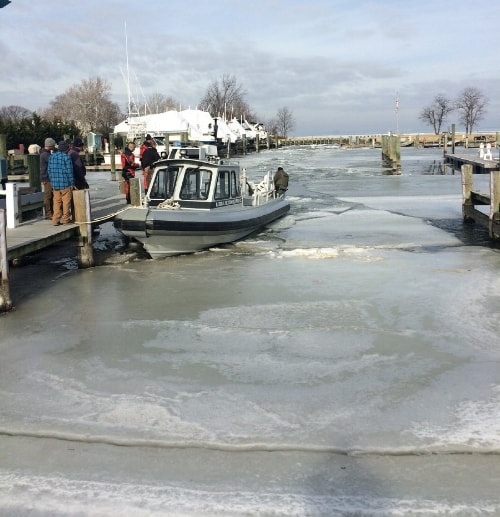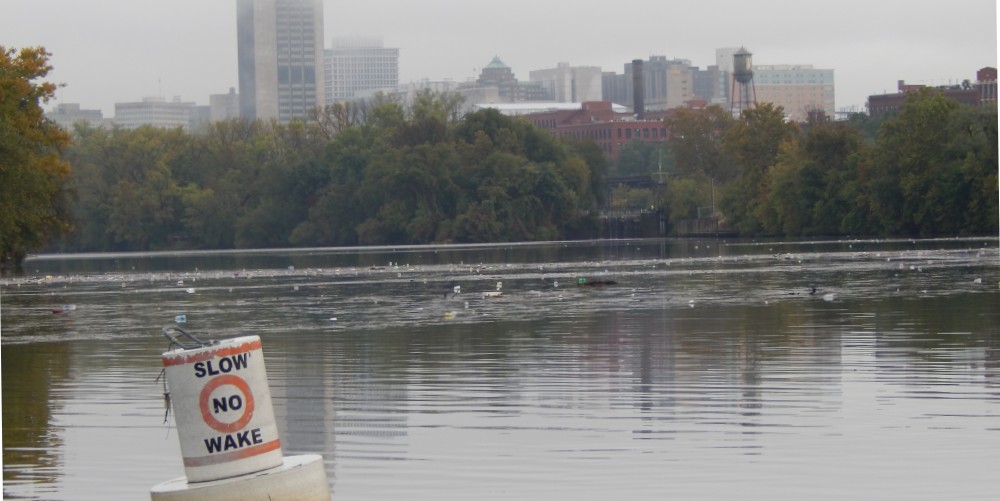An avid decoy collector’s private collection went up for auction last week, and several rare Chesapeake Bay carvings sold for more than $100,000 each.
The Dr. Peter J. Muller Jr. Collection of American Bird Decoys was sold by Copley Fine Art Auctions in Massachusetts. Dr. Muller was a Georgia veterinarian who practiced for nearly 50 years before he passed away in 2019, just shy of 91 years old. He collected animal-inspired art and even authored a book on antique decoys with his wife.
His collection included several decoys carved on Cobb Island, Virginia in the 1880s that Muller bought from the collection of legendary collector William J. Mackey Jr. in the 1970s.
The Cobb family bought Cobb Island and settled on the Virginia barrier island in 1839, eventually building a hotel and later, a church. The Cobbs were known for saving shipwrecked sailors and salvaging wrecks, and established a life-saving station that would eventually inspire the Coast Guard Station Cobb Island. Many Cobb decoys used materials from salvaged ships.

The most notable carving sold last week, the “Mackey Cobb Feeding Brant Decoy,” was made by Nathan Cobb Jr. in 1880 and used in the gunning rig of Cobb’s son, Elkanah. The underside is branded “E. B. COBB.” Copley Fine Art Auctions says the hand-hollowed brant’s painstaking details include “bold shoulder carving, an arching neck, and diamond-cut wing tips,” along with “an inletted root-head, well-defined full cheek carving, and inset German glass eyes within deep eye grooves.”
The brant sold for $155,000. Other decoys by Nathan Cobb Jr., like “The Mackey-Waring Swimming Cobb Goose Decoy”, sold for tens of thousands of dollars. Only 16 years after Cobb Jr. carved these special decoys, an 1896 hurricane cut Cobb Island by two-thirds and its residents abandoned their home for the mainland.
Another highlight of Dr. Muller’s collection sold last week is a pair of canvasbacks carved by the famed Ward Brothers of Crisfield, Md. Stephen and Lemuel Ward carved “The Purnell-Muller Ward Canvasback Pair” in 1932. Copley writes, “Like the best of the 1930s canvasbacks, they have turned heads, broad flared bills, and thin paddle tails. It is rare to find survivors with original bills and tails intact as these features were prone to breakage.” The pair sold at auction for $107,500.
That’s far from the most valuable Ward Brothers work, as one reportedly sold in 2016 for more than $210,000. Why do antique decoys fetch such high prices? Eric Stewart, spokesman for the Ward Museum in Salisbury, Md. tells Bay Bulletin it’s not just about their beauty.
“They can tell you about the location they’re from by the materials they’re made of, and colors and techniques used. They can tell you about the values, interests, and influences of their makers,” Stewart says.
“Decoy makers represent ways of life, they represent parts of our regional and national heritage that are sometimes perceived as slipping away. In a way, what gives decoys value is the same thing that gives any piece of art its value. It’s the fact that within a carved bird exists whole stories, worlds, and cultures wrapped up in a small wooden package.”
Then again, Stewart points out, sometimes a collector simply falls in love with a piece, and perceived value goes out the window.
-Meg Walburn Viviano




